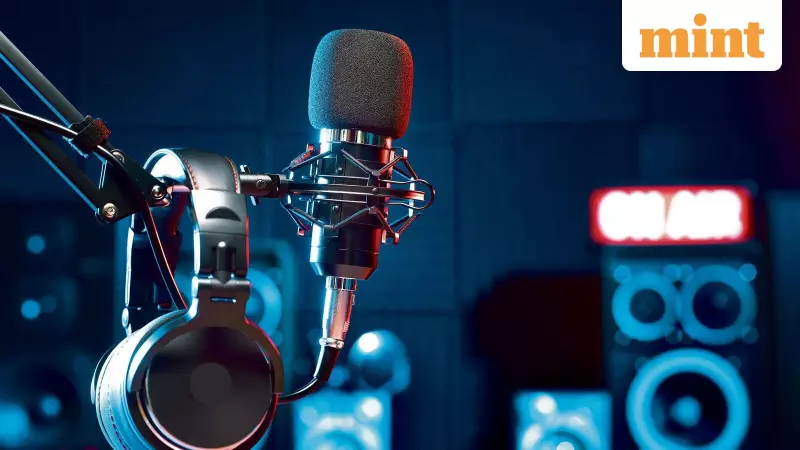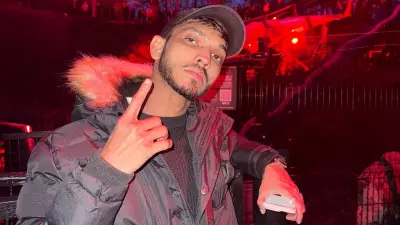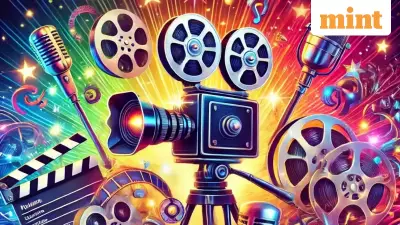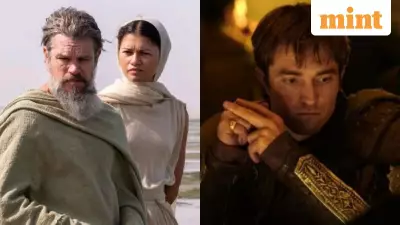
The Idiot Box That Shaped a Generation
For decades, television earned the nickname 'the idiot box', yet it remained central to entertainment and information delivery across Indian households. The debate about its merits continues even as millions cut cable connections and migrated to streaming platforms. Television shaped cultural history much like the internet does today, but in India, the cable television era truly revolutionized how we sought entertainment.
While Doordarshan nostalgia persists, urban Indians actually grew up learning aspiration from international shows like Friends and the vibrant VJs and music programming of MTV and Channel V. Recent news about MTV closing some UK channels has sparked renewed interest in the fate of its Indian counterpart.
The Golden Era of Music Television
Throughout the 2000s, music channels perfectly understood urban India's pulse, even as conservative elders complained about "MTV spoiling Indian culture" and independent artists accused it of ruining musical authenticity. Despite the criticism, their influence proved enduring and transformative.
The madcap improvisational comedy seen on these channels evolved into today's thriving stand-up comedy culture, while traces remain visible in the memes and reels that dominate our screen time today. These platforms taught young Indians to approach life's contradictions with humor rather than frustration, encouraging them to take themselves less seriously.
Music channels also played crucial roles in championing young, independent musicians before record labels recognized their potential, ultimately changing how Bollywood produces and consumes music. MTV India and Channel V might not have aged gracefully, but during their peak, they absolutely dominated youth culture.
The Current State and Lasting Legacy
Currently, MTV India remains operational under JioStar's licensing, though the channel appears somewhat dated compared to its revolutionary heyday. The contrast is particularly striking for a channel that once defined Indian popular culture and set trends for an entire generation.
The cultural DNA of these channels lives on through multiple avenues—from the comedy specials we stream to the indie music scenes they helped foster. Their approach to content, which blended irreverence with cultural commentary, established templates that digital content creators still follow today.
While the channels themselves might have lost their cutting-edge status, their impact on Indian youth culture, comedy, and music programming remains undeniable and continues to influence how entertainment evolves in the country's digital age.





